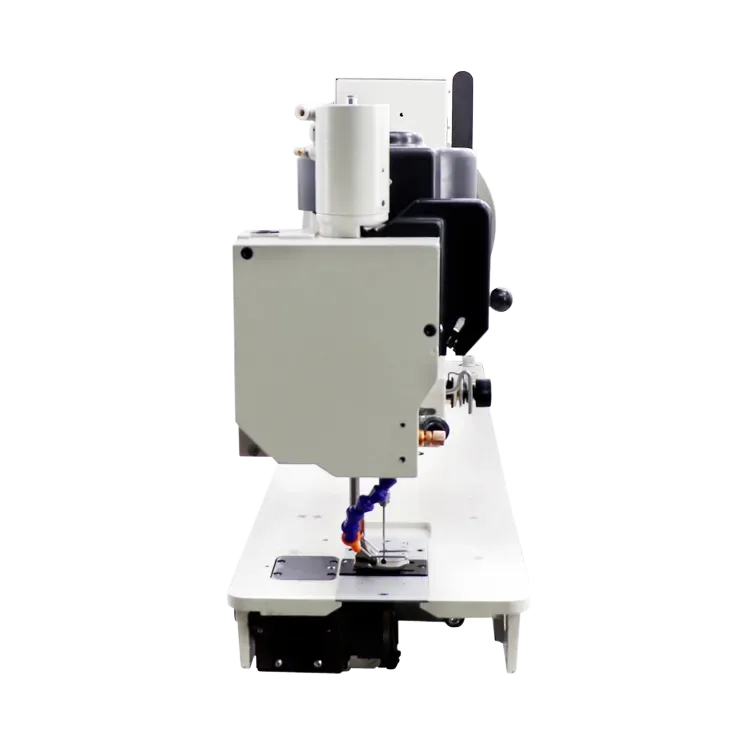sewing heavy duty canvas
Sewing Heavy Duty Canvas A Comprehensive Guide
Heavy duty canvas is a robust and versatile fabric that has long been a favorite among DIY enthusiasts, craftsmen, and professional seamstresses alike. Its durability and strength make it perfect for various projects, from outdoor gear and bags to home décor items. In this article, we will explore the characteristics of heavy duty canvas, the tools and techniques used for sewing it, and tips for creating successful finished projects.
Characteristics of Heavy Duty Canvas
Heavy duty canvas is typically made from cotton or a blended material, resulting in a thick, sturdy fabric that can withstand wear and tear. The weight of the canvas is generally measured in ounces; for instance, fabric that weighs 10 ounces per square yard and above is considered heavy duty. This weight not only contributes to its strength but also ensures that it is less prone to tearing or fraying.
Additionally, heavy duty canvas often has a tight weave, which provides added resistance against water and other environmental elements. While not completely waterproof, many heavy duty canopies and tarps can repel a certain amount of water, making them ideal for outdoor applications. The fabric can also be treated with coatings like polyurethane or PVC for enhanced weather resistance.
Tools Needed for Sewing Heavy Duty Canvas
Sewing heavy duty canvas requires specific tools and equipment to achieve the best results. Here’s a list of essential sewing tools
1. Sewing Machine A heavy-duty sewing machine is recommended, as standard machines might struggle with the thickness of the fabric. Look for machines with a strong motor and the ability to handle multiple layers of fabric.
2. Needles Use heavy-duty or denim needles, which have a strong shaft and sharp point designed to penetrate thick fabrics without breaking.
sewing heavy duty canvas

4. Scissors Invest in quality fabric scissors or a rotary cutter for clean and precise cutting. Heavy duty canvas can dull blades quickly, so regular maintenance is vital.
5. Tape Measure and Rulers Accurate measurements are crucial when working with canvas, so a good tape measure and clear rulers will ensure your cuts and seams are precise.
Techniques for Sewing Heavy Duty Canvas
When working with heavy duty canvas, there are several sewing techniques to keep in mind
1. Pre-Washing Pre-wash your fabric to preshrink it before cutting and sewing. This also helps to remove any chemicals that could affect the final appearance of your project.
2. Pinning and Clipping Use fabric clips to hold layers together, as pins may not work effectively with thick fabric. Make sure to secure your fabric properly to avoid shifting while sewing.
3. Seams and Finishes Use a straight stitch for the seams, and consider employing a zigzag stitch for added durability. Additionally, finish your raw edges to prevent fraying. Techniques like pinking shears, a serger, or bias tape can be used.
Tips for Successful Projects
- Practice If you’re new to sewing heavy duty canvas, practice on scraps before starting your main project. - Pattern Selection Choose patterns that are designed for heavier fabrics, as they will take into account the bulk and weight of the material. - Take Your Time Sewing with heavy duty canvas can be challenging, so don’t rush. Take your time to ensure accuracy.
In conclusion, sewing heavy duty canvas opens up a world of possibilities for creating durable and functional items. With the right tools, techniques, and a bit of practice, you can master this rewarding craft and produce stunning projects that stand the test of time. Whether you're making bags, outdoor gear, or home furnishings, heavy duty canvas is a reliable choice that combines utility with style.
-
Industrial Cylinder Arm Sewing Machine: Revolutionizing Heavy-Duty SewingNewsJul.28,2025
-
Cylinder Arm Sewing Machine: Perfect for Special Sewing ApplicationsNewsJul.28,2025
-
Cylinder Bed Sewing Machine: Essential for Sewing Complex MaterialsNewsJul.28,2025
-
Heavy Duty Sewing Machine: The Essential Tool for Industrial ApplicationsNewsJul.28,2025
-
Computerized Pattern Sewing Machine: Revolutionizing Precision StitchingNewsJul.28,2025
-
Heavy Duty Industrial Sewing Machine: Power Meets PrecisionNewsJul.28,2025
-
Leather Sewing Machine: The Industrial Standard for Tough MaterialsNewsJul.18,2025





























